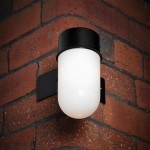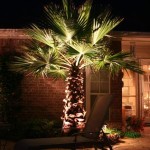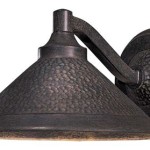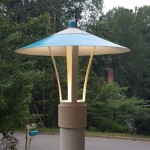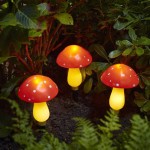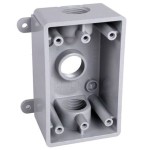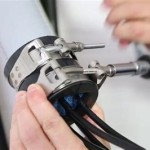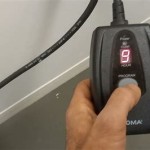Essential Aspects of Outdoor Football Field Lighting Systems
Outdoor football fields require adequate lighting to facilitate safe and enjoyable play during evening and nighttime games. A well-designed lighting system can enhance player visibility, improve game performance, and create an engaging atmosphere for spectators. Here are essential aspects to consider when planning an outdoor football field lighting system:
Light Levels and Uniformity: The primary goal of football field lighting is to provide sufficient and evenly distributed light levels across the entire playing surface. The recommended light level for professional football fields is 1,200 lux, while high school and college fields typically require 800-1,000 lux. Uniformity refers to the consistency of light distribution, ensuring that players can see equally well from all points on the field.
Fixture Selection: Choosing the right lighting fixtures is crucial for optimal performance and energy efficiency. High-quality LED fixtures are widely recommended for football fields due to their long lifespan, reduced maintenance, and excellent color rendering. LED fixtures also provide increased light output while consuming less energy than traditional lighting sources.
Pole Height and Spacing: The height and spacing of light poles significantly impact lighting distribution. Taller poles allow for wider coverage and provide better uniformity, but they may also require more fixtures. Optimal pole spacing ensures minimal shadows and consistent light levels across the field. Professional engineers typically design lighting systems to meet specific light level and uniformity requirements.
Spill Light Control: Light spill refers to light emitted outside the intended area, creating glare and light pollution. Controlling spill light is essential to minimize glare for players and spectators and prevent light trespass into adjacent areas. Fixtures with proper shielding and optical design can effectively reduce light spillage.
Controls and Dimming: Advanced lighting control systems allow for flexible and efficient operation of the lighting system. Dimming capabilities enable adjustment of light levels during pre-game warm-ups, halftime, and end-of-game scenarios. Wireless control systems provide remote access and real-time monitoring, allowing for convenient and precise lighting management.
Maintenance and Safety: Regular maintenance is essential to ensure the safety and performance of the lighting system. Periodic inspections should check fixture integrity, connections, and any potential hazards. Proper safety measures, such as grounding and surge protection, should be implemented to protect players, staff, and spectators.
Investing in a well-designed outdoor football field lighting system is a long-term investment that enhances the quality of the playing experience and creates a memorable atmosphere for all involved. By adhering to these essential aspects, sports facilities can achieve optimal lighting conditions that support the safety, enjoyment, and success of football games.

Football Field Lighting 12pcs Flood Lights Totally Agc

2024 Football Stadium Lighting System Guide Topsportsled Com

The Best Led Football Field Light 2024 Guide Hyh Lighting

Lighting Comparison Led Sports Vs Flood

Best Lighting Design For Football Field

Football Field Lighting 12pcs Flood Lights Totally Agc

Led Football Field Lighting Systems For Fields

2024 Football Stadium Lighting System Guide Topsportsled Com

Football Field Lighting Package 36 Fixtures 4 Poles

Best Lighting Design For Football Field
